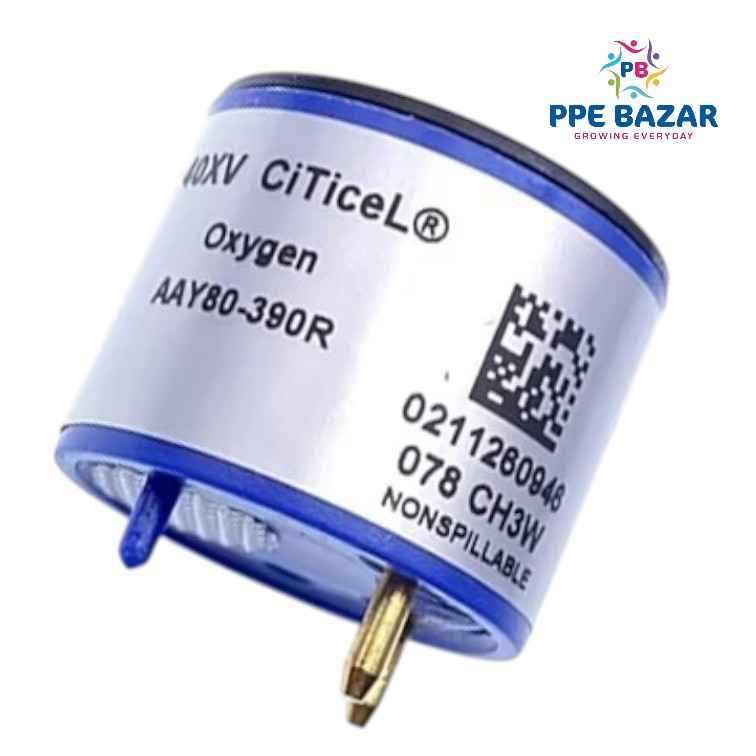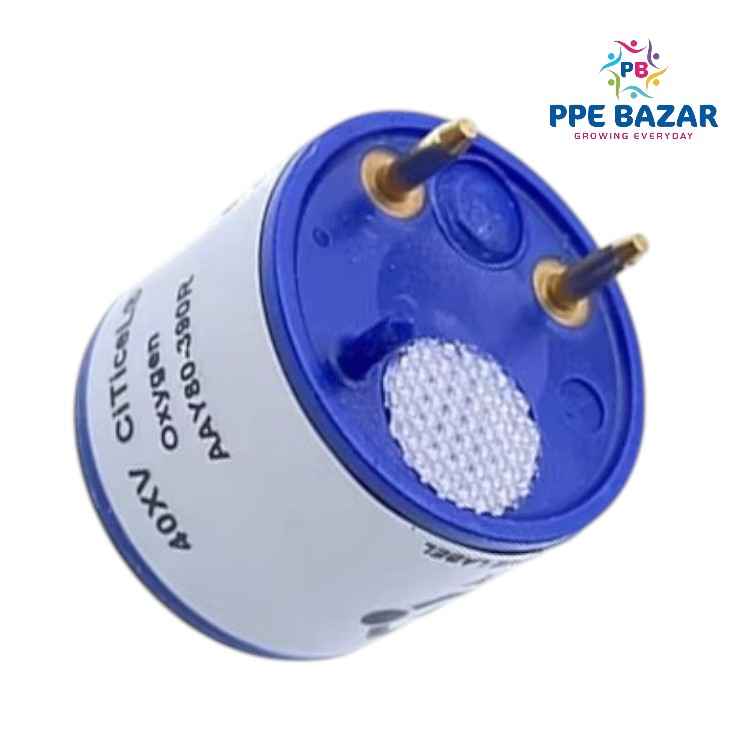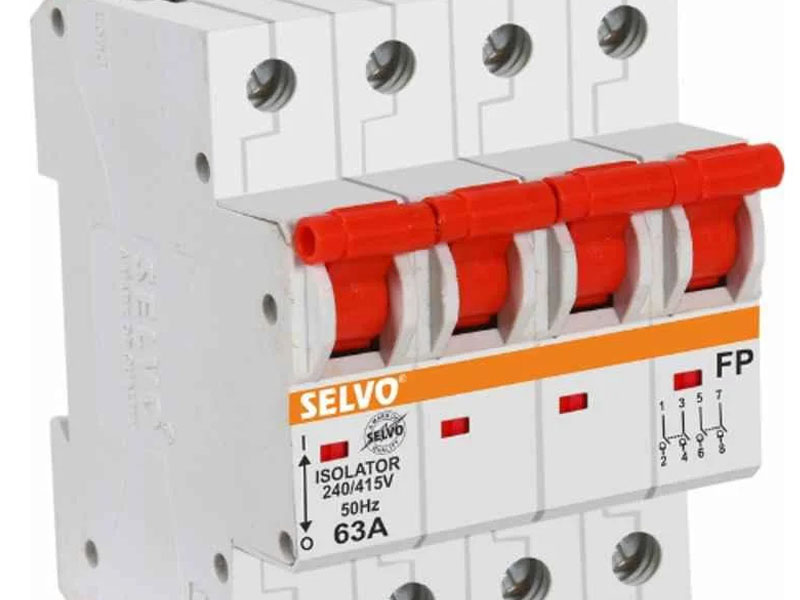An O2 sensor typically operates based on electrochemical principles. The sensor consists of two electrodes (an anode and a cathode) immersed in an electrolyte. When oxygen comes in contact with the sensor, it undergoes a chemical reaction, producing a small current proportional to the oxygen concentration. This current is measured, interpreted, and displayed as an oxygen concentration percentage. The sensor can provide real-time oxygen readings, allowing timely detection of any deviations from normal levels (20.9% in ambient air).
Specifications
1. Measuring Range
- Standard Range: 0–25% Vol (volume)
- Extended Range (for specialized applications): 0–100% Vol
2. Resolution
- Typically 0.1% Vol for standard applications
- Higher precision applications may require 0.01% Vol resolution
3. Accuracy
- ±0.1% to ±0.2% Vol, depending on environmental conditions and calibration
4. Response Time (T90)
- Typically 10–15 seconds (time to reach 90% of the final reading)
5. Operating Temperature Range
- Commonly -20°C to +50°C
- Extended temperature models available for harsher environments, e.g., -40°C to +60°C
6. Operating Humidity Range
- 15–90% RH (non-condensing) for most models
- Extended humidity models available for high-humidity environments
7. Operating Life
- Average lifespan of 2–3 years under normal operating conditions
- Some advanced models offer up to 5 years, depending on the application
8. Output Signal
- Analog output (e.g., mV or mA) proportional to oxygen concentration
- Digital output (e.g., I2C, UART) in newer models for direct interfacing with microcontrollers
9. Power Consumption
- Typically low power (< 0.5W), allowing for battery operation in portable gas detectors
10. Cross-Sensitivity
- Designed to minimize cross-sensitivity to other gases; however, high concentrations of gases like CO2 may affect accuracy in some models.
11. Environmental Compatibility
- Resistant to common contaminants in industrial settings, such as dust, water vapor, and temperature fluctuations.
Optional Features
- Self-diagnostic and Auto-calibration Capabilities: Some models have self-diagnostic functions to detect sensor health and auto-calibrate for accuracy.
- Built-in Alarms: Configurable alarms when oxygen levels fall below safe thresholds (e.g., <19.5%).
- Wireless Connectivity: Some advanced models support Bluetooth or Wi-Fi for remote monitoring and data logging.
Applications
O2 sensors are used in a variety of settings, including:
- Confined spaces
- Industrial safety monitoring
- HVAC systems
- Environmental monitoring
An O2 sensor typically operates based on electrochemical principles. The sensor consists of two electrodes (an anode and a cathode) immersed in an electrolyte. When oxygen comes in contact with the sensor, it undergoes a chemical reaction, producing a small current proportional to the oxygen concentration. This current is measured, interpreted, and displayed as an oxygen concentration percentage. The sensor can provide real-time oxygen readings, allowing timely detection of any deviations from normal levels (20.9% in ambient air).
Specifications
1. Measuring Range
- Standard Range: 0–25% Vol (volume)
- Extended Range (for specialized applications): 0–100% Vol
2. Resolution
- Typically 0.1% Vol for standard applications
- Higher precision applications may require 0.01% Vol resolution
3. Accuracy
- ±0.1% to ±0.2% Vol, depending on environmental conditions and calibration
4. Response Time (T90)
- Typically 10–15 seconds (time to reach 90% of the final reading)
5. Operating Temperature Range
- Commonly -20°C to +50°C
- Extended temperature models available for harsher environments, e.g., -40°C to +60°C
6. Operating Humidity Range
- 15–90% RH (non-condensing) for most models
- Extended humidity models available for high-humidity environments
7. Operating Life
- Average lifespan of 2–3 years under normal operating conditions
- Some advanced models offer up to 5 years, depending on the application
8. Output Signal
- Analog output (e.g., mV or mA) proportional to oxygen concentration
- Digital output (e.g., I2C, UART) in newer models for direct interfacing with microcontrollers
9. Power Consumption
- Typically low power (< 0.5W), allowing for battery operation in portable gas detectors
10. Cross-Sensitivity
- Designed to minimize cross-sensitivity to other gases; however, high concentrations of gases like CO2 may affect accuracy in some models.
11. Environmental Compatibility
- Resistant to common contaminants in industrial settings, such as dust, water vapor, and temperature fluctuations.
Optional Features
- Self-diagnostic and Auto-calibration Capabilities: Some models have self-diagnostic functions to detect sensor health and auto-calibrate for accuracy.
- Built-in Alarms: Configurable alarms when oxygen levels fall below safe thresholds (e.g., <19.5%).
- Wireless Connectivity: Some advanced models support Bluetooth or Wi-Fi for remote monitoring and data logging.
Applications
O2 sensors are used in a variety of settings, including:
- Confined spaces
- Industrial safety monitoring
- HVAC systems
- Environmental monitoring







